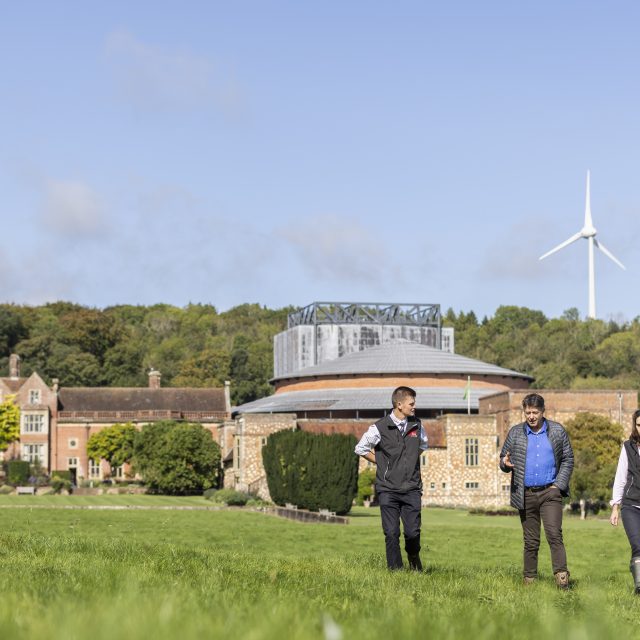Wage rate advice for farmworkers in England for 2019/20
Farm businesses in England may need to deliver a 3.3% increase in farmworkers’ wages in 2019/20, to keep in line with above-inflation increases in the National Living Wage and rising agricultural wage rates in the rest of the UK.
Minimum pay levels for farmworkers are still set by official pay review bodies in Northern Ireland, Scotland and Wales.
However, in England the Agricultural Wages Board was disbanded in 2013, leaving employers with no formal figures on which to base their annual pay reviews, which traditionally take effect from 1 October.
Each year, Strutt & Parker seeks to come up with guidance based on analysis of key market indicators, such as what has been agreed by the continuing AWBs, the rate of inflation and the outcome of public sector pay awards.
This is the second year in a row where, after much deliberation, we have recommended a pay increase in excess of the rate of inflation.
Inflation over the past year has been 2%, as measured by the Consumer Price Index, or 2.8% as measured by the Retail Price Index.
This may be higher than many employers have been expecting, however it reflects the fact that the National Living Wage rose by 4.9% in April 2019 to £8.21/hr, meaning that a standard agricultural worker (Grade 2 Equivalent), over 25 years of age, must not be paid less than this hourly rate.
Meanwhile the pay bodies in Wales, Northern Ireland and Scotland agreed pay increases for Craftsman Grade workers (Grade 4 Equivalent) of between 2.2% and 4.8%, with effect from 1 April 2019. The highest rate agreed was in Scotland where the minimum rate for a Craftsman worker is now £9.46/hr.
Taking both of these points into consideration, we are suggesting that employers in England consider a 3.3% increase to the Craftsman rate to bring it into line with wage rates in Scotland.
While employers may feel this is challenging, at a time when profitability is being squeezed, it feels unavoidable if the premium for Craftsman Grade workers is not to be eroded still further.
Employers should also be aware that given the National Living Wage is expected to rise again in April 2020 to £8.67/hr, wage levels for Standard and Basic workers are likely to need to increase again in the Spring.
When reviewing wages, our advice is that employers may want to take into consideration other non-pay benefits which are part of a package, such as accommodation and opportunities for career progression.
While it may be appropriate for lower grade workers to receive an above-inflationary award, this may not be appropriate for employees who are already on attractive packages.
However, employee’s pension contributions through auto-enrolment rose to 5% in April 2019, which means that despite wage increases in recent years, their take-home pay may have increased very little, or might even have reduced.
Previous recommendations for percentage increases were as follows:
2018 2.5 – 3.5%
2017 1.4%
2016 1%
2015 1%






